
Barn owls, with their heart-shaped faces and silent flight, are captivating creatures that have intrigued both scientists and nature enthusiasts for centuries. Known for their exceptional hunting abilities and unique physical characteristics, barn owls (Tyto alba) are a species of owls that have adapted remarkably well to various environments around the world.
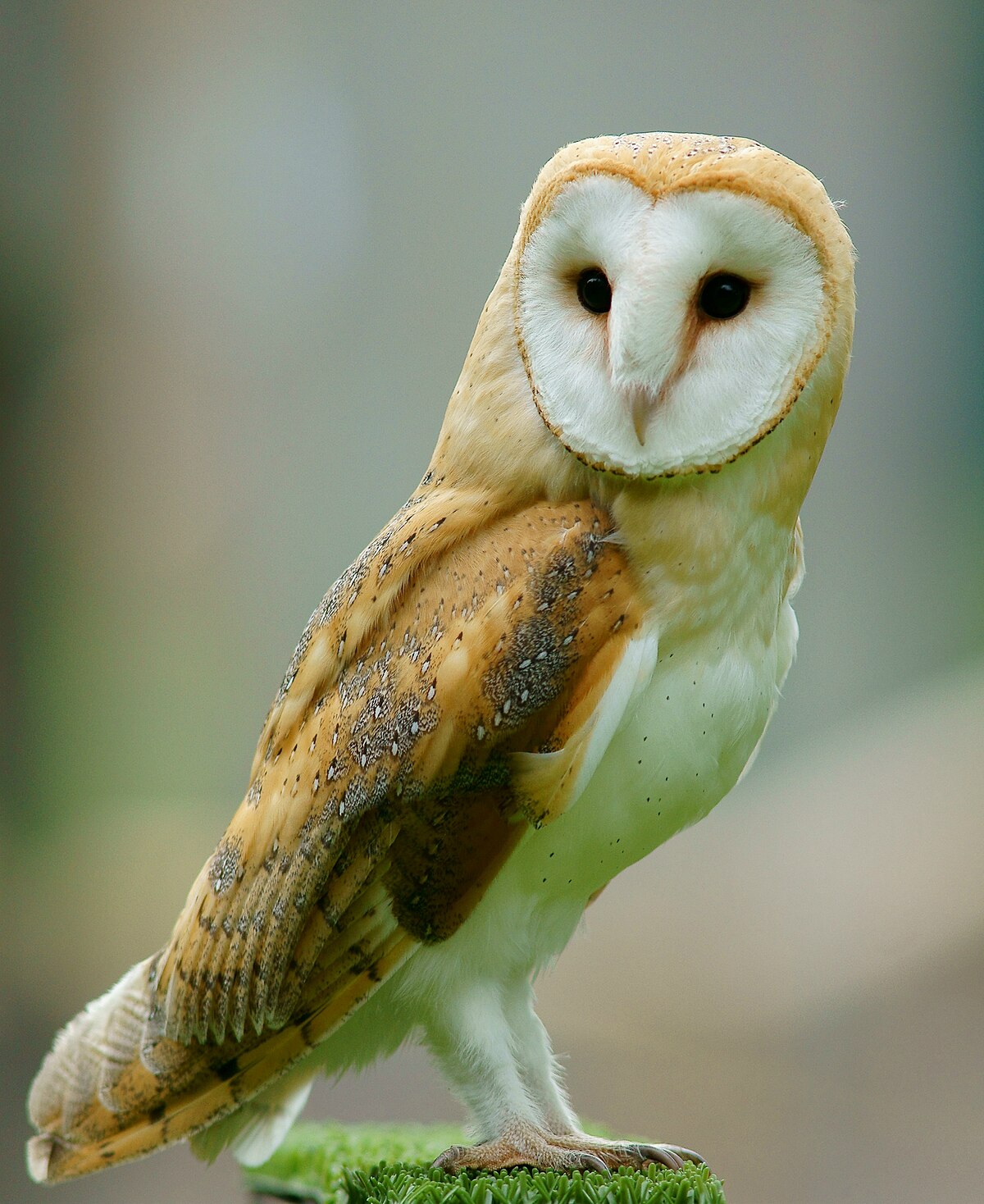
Barn owls are easily recognizable by their distinctive appearance. They have a white, heart-shaped facial disc with a surrounding border of light tan or rusty feathers. Their eyes are dark and large, allowing for exceptional low-light vision during nocturnal activities. These birds boast a medium-sized body, long legs, and relatively long wings, making them efficient and agile hunters.
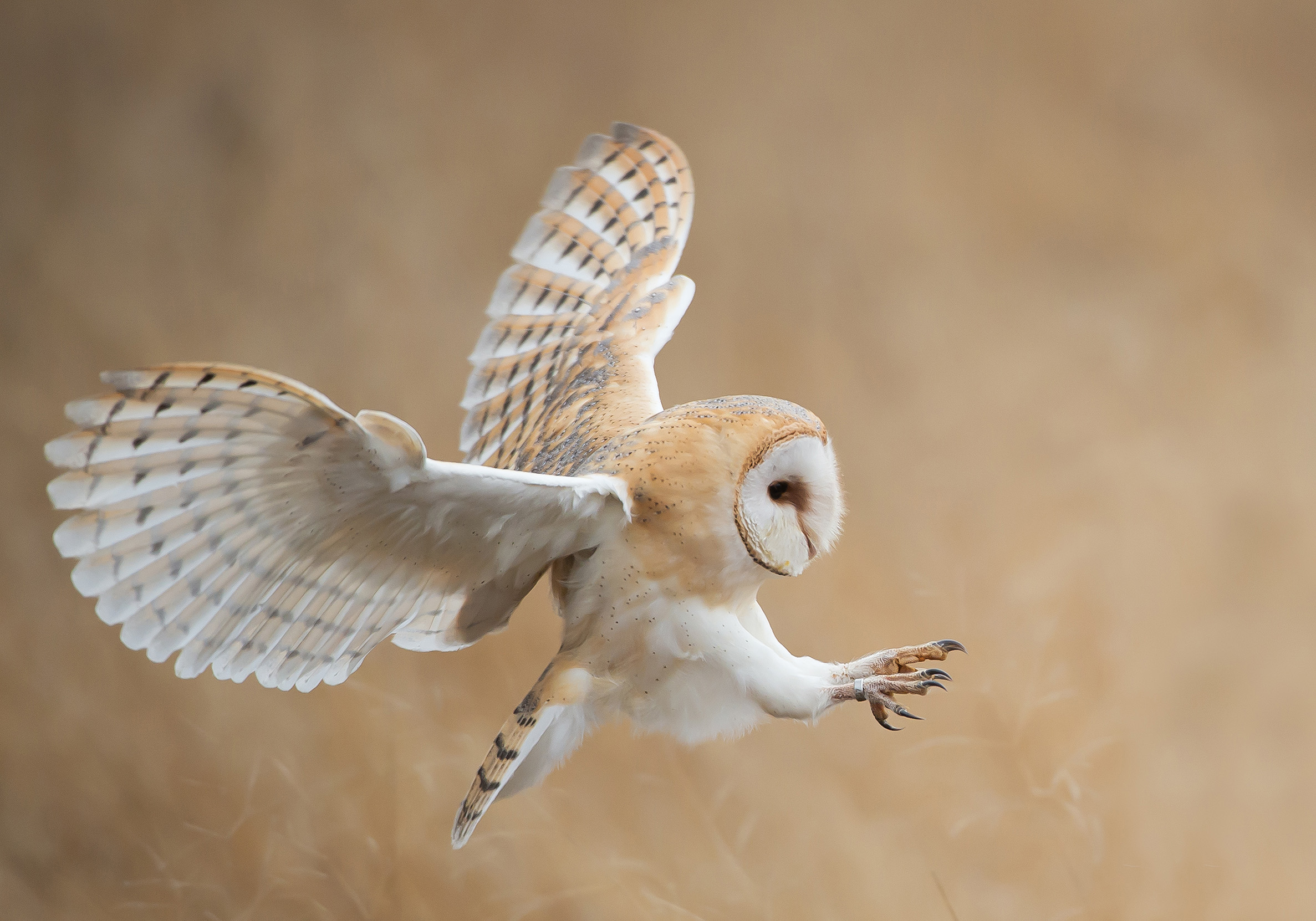
Barn owls are highly adaptable and can be found in a wide range of habitats, from open fields and grasslands to forests and urban areas. They have a global distribution, residing on every continent except Antarctica. While they are commonly associated with barns and other man-made structures, they also nest in tree cavities, cliffs, and abandoned buildings.
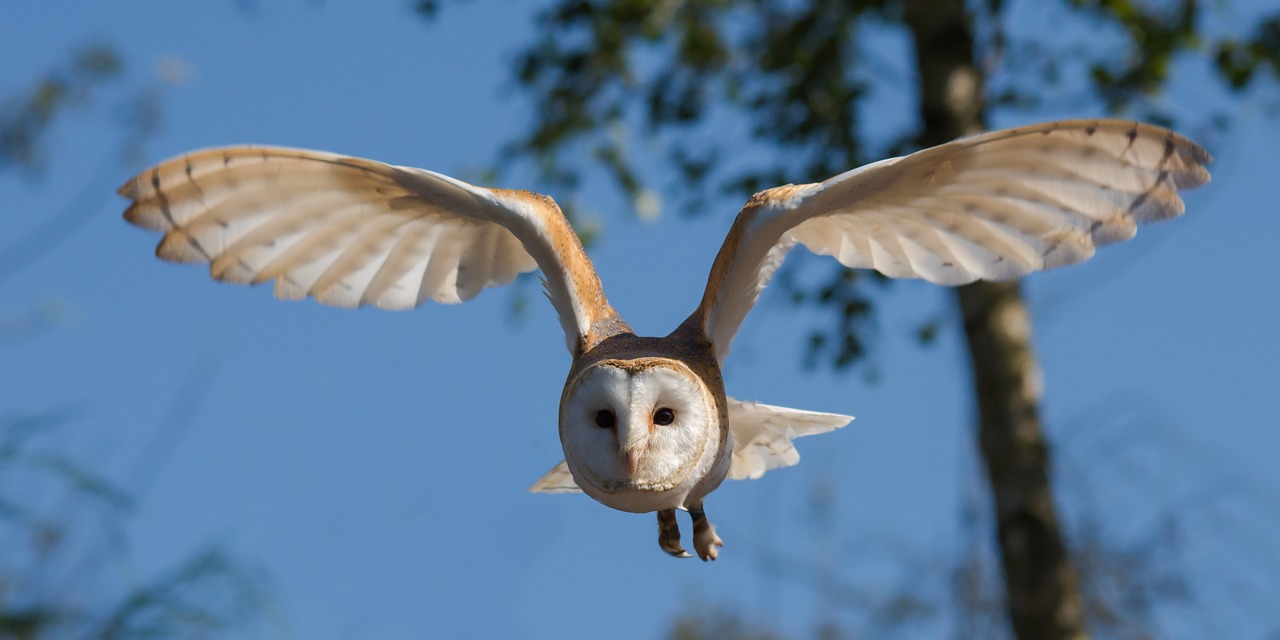
One of the most remarkable features of barn owls is their prowess as nocturnal hunters. Equipped with keen senses of hearing and sight, they are adept at locating prey in complete darkness. Their facial disc acts like a satellite dish, capturing sound and directing it toward their ears, allowing them to pinpoint the slightest rustle of a mouse or vole in the grass.
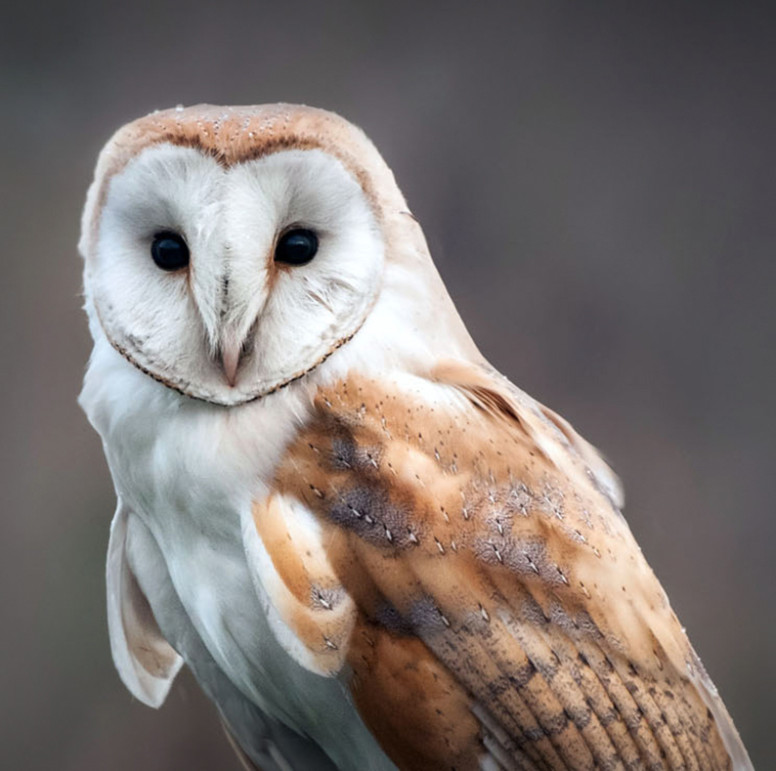
Barn owls primarily feed on small mammals, including rodents like mice and voles. Their silent flight, achieved through specialized feathers that minimize turbulence, enables them to approach their prey stealthily. Once a target is identified, barn owls use their sharp talons and beak to secure and consume their catch.
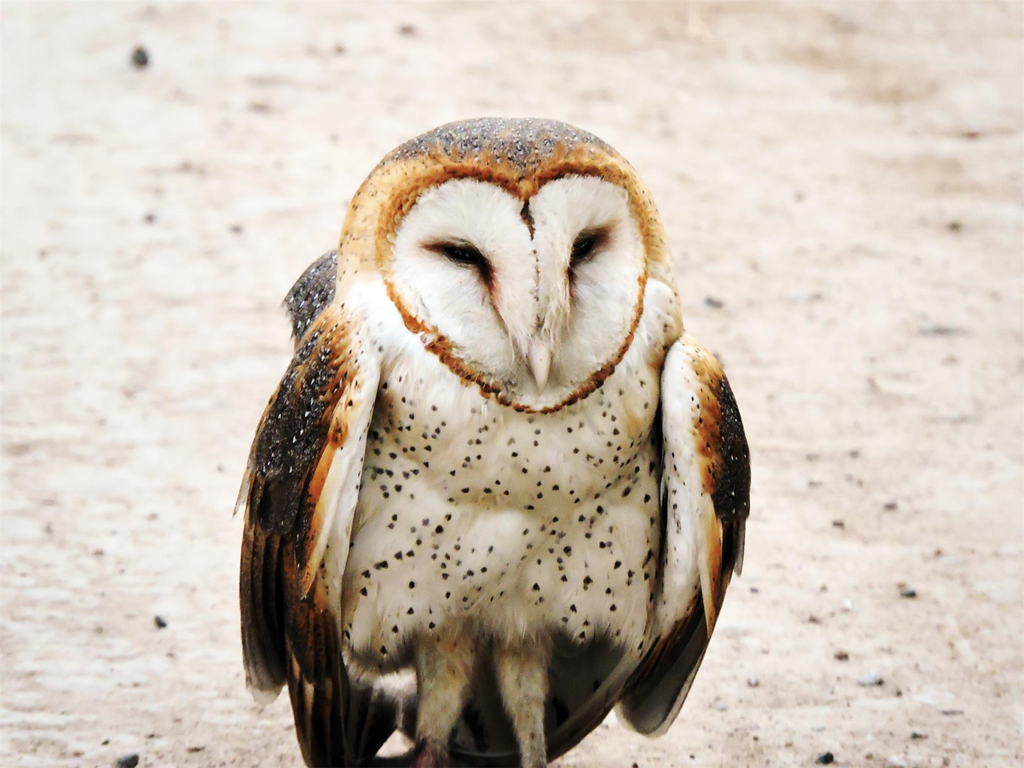
While barn owls are not currently classified as a threatened species, they face certain conservation challenges. Habitat loss, the use of rodenticides, and vehicle collisions are some of the threats that can impact their populations. Conservation efforts often focus on providing suitable nesting sites, minimizing the use of harmful chemicals, and raising awareness about the importance of these majestic birds in controlling rodent populations.
Barn owls, with their nocturnal prowess and distinctive appearance, continue to be subjects of fascination for both researchers and admirers of wildlife. As we strive to coexist with nature, understanding and appreciating the importance of these remarkable birds in maintaining ecological balance becomes crucial for their survival and the overall health of our ecosystems.


